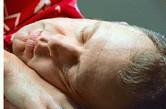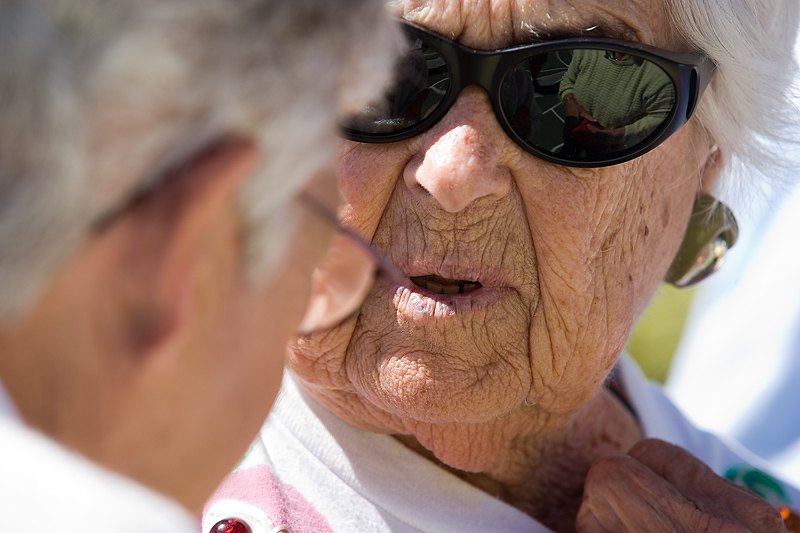
THURSDAY, March 21 (HealthDay News) — People who physically act out their dreams while sleeping have a significantly increased risk of developing a specific kind of dementia, a new study contends.
“Dementia with Lewy bodies” is the second most common form of dementia in the elderly. A Lewy body is an accumulation of a type of protein in the brain. Lewy bodies are often seen in people with Parkinson’s and Alzheimer’s disease, according to the U.S. National Institute of Neurological Disorders and Stroke.
For the new study, Mayo Clinic researchers examined the medical records of 75 patients diagnosed with probable dementia with Lewy bodies. They concluded that people are five times more likely to develop this type of dementia if they have a condition called “rapid eye movement (REM) sleep behavior disorder” than if they have one of the risk factors currently used to make a diagnosis, such as hallucinations or significant fluctuations in attention or alertness.
Normally, people don’t move during REM sleep, which is a normal stage of sleep that occurs many times during the night. But during REM sleep, people with REM sleep behavior disorder appear to act out their dreams with abnormal vocal sounds and movements.
The link between REM sleep behavior disorder and dementia with Lewy bodies was stronger in men than in women, according to the study presented Thursday at the American Academy of Neurology’s annual meeting, in San Diego.
In men, REM sleep behavior disorder can appear three decades or more before they are diagnosed with dementia with Lewy bodies, the researchers noted.
“While it is, of course, true that not everyone who has this sleep disorder develops dementia with Lewy bodies, as many as 75 to 80 percent of men with dementia with Lewy bodies in our Mayo database did experience REM sleep behavior disorder. So it is a very powerful marker for the disease,” study lead investigator Melissa Murray, a neuroscientist at Mayo Clinic in Florida, said in a Mayo news release.
She said these findings could improve diagnosis and treatment of this type of dementia.
“Screening for the sleep disorder in a patient with dementia could help clinicians diagnose either dementia with Lewy bodies or Alzheimer’s disease,” Murray said. “It can sometimes be very difficult to tell the difference between these two dementias, especially in the early stages, but we have found that only 2 to 3 percent of patients with Alzheimer’s disease have a history of this sleep disorder.”
There is no cure for dementia with Lewy bodies, but there are drugs that can treat some of the symptoms.
While the study found a link between REM sleep behavior disorder and dementia, it did not prove a cause-and-effect relationship. The data and conclusions of the study should be viewed as preliminary until published in a peer-reviewed journal.
More information
The U.S. National Institute of Neurological Disorders and Stroke has more about dementia.

